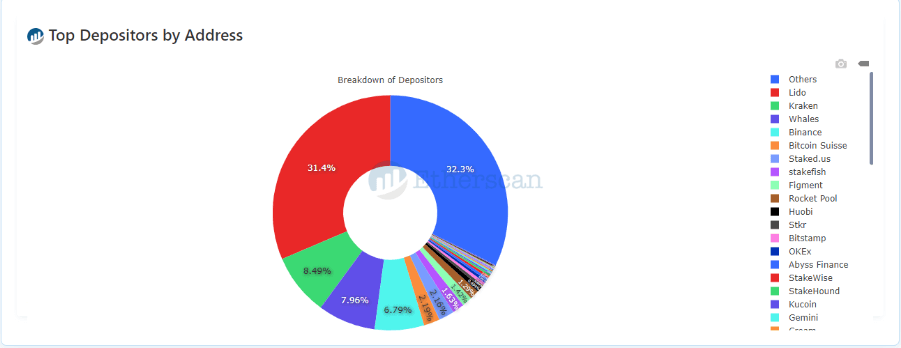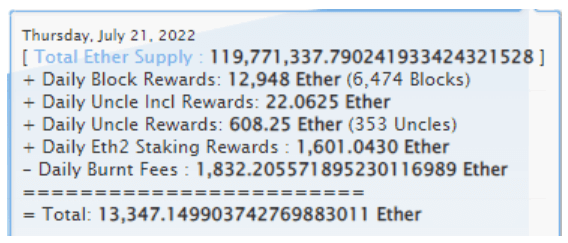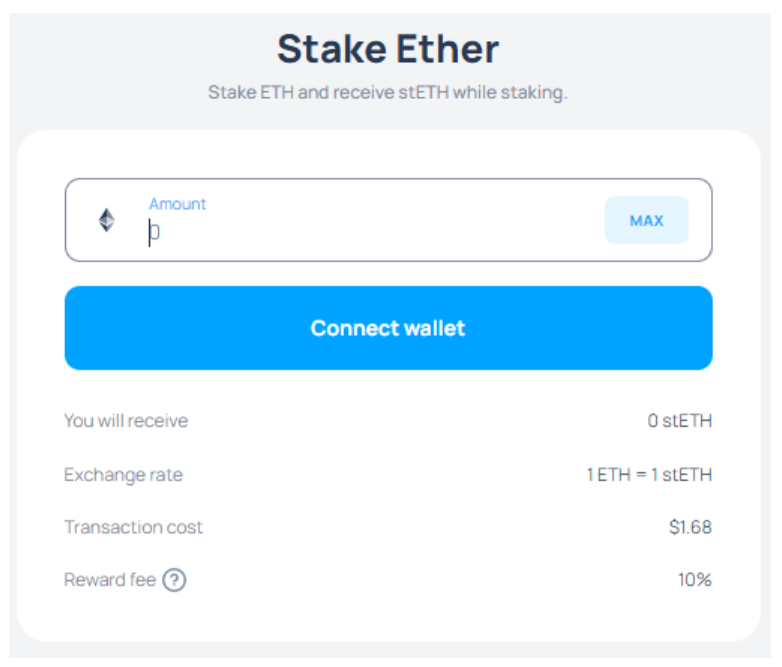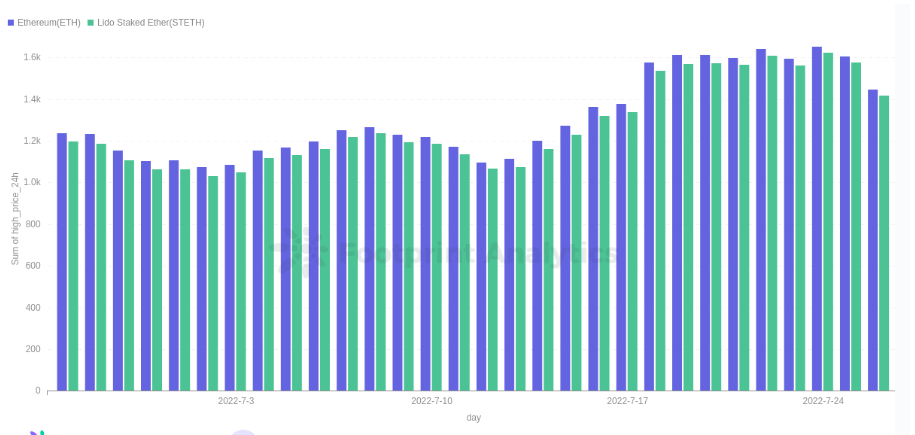How should investors prepare for The Merge?

Last week, ETH saw a significant uptick in its price, following the release of the notes from the last dev’s meeting that hinted at the timeline for its upcoming upgrade, known as The Merge.

This upgrade will change how the network is secured, its energy consumption, and tokenomics. Staking will play an essential part in it. So how should the investor prepare for the upcoming events?
What is The Merge?
A series of upgrades are happening on the Ethereum blockchain to change it from a Proof of Work (PoW) to a Proof of Stake (PoS) consensus mechanism. For this to be completed, the milestones are:
- The creation and launch of the Beacon Chain happened on Dec. 1, 2020. The Beacon Chain is what introduces the PoS on Ethereum. Because of this, it is called the “consensus layer.”
- Replace the consensus mechanism of the current chain from PoW to PoS (current estimate: happening in September.) The existing chain, Mainnet, will then act as the “execution layer”, as the current PoW running it will be replaced by the Beacon Chain.
The consensus layer will take care of the security of the network. The execution layer is where the smart contracts run and the transactions are created.
As the upgrade will connect these two chains to act as one, the name of this event was updated from ETH 2.0 to “The Merge.”
Why The Merge Matters

As the Beacon Chain is already running since December 2020, a good part of the ETH supply is already being staked on it, receiving rewards for running the network. Currently, there is over 12 million ETH staked on the Beacon Chain smart contract:
That number is almost 10% of the current ETH supply. Furthermore, this ETH is locked long-term, as there is no date for deploying the unstaking capability under the PoS ETH chain.
How it affects the ETH emissions
After the change for PoS, there will be no more mining rewards. Therefore, the ETH emissions will drop significantly, on top of that 10% supply already locked on the staking contract.

As per Etherscan, a total of 13,347 ETH was added to the current supply on July 21. If we remove the Block Rewards (mining) and leave only the Staking Rewards (staking), the daily net result would be negative. That means that more ETH would be burnt as fees than rewarded, lowering the ETH total supply.
How to Capitalize on This Shift
None of the following is meant to be financial advice, and investors should always proceed with extreme caution when trading cryptocurrencies. Analyzing the data presented, there are some investment strategies that an investor could take:
Buy ETH
With the release of a somewhat firm date for “The Merge,” there is a short period where ETH supply will continue to grow. After that, it will become “deflationary.” If the investor believes that ETH will have a relevant place in the crypto markets and its demand will increase, the ETH price will rise. We saw some price action already happening, but there is still room for more upside, as the incentive to increase the amount of ETH staked (and out of circulation) will rise.
Buy liquid staked ETH
As the ETH sent to the Beacon Chain staking contract is locked for an unknown period, and the minimal amount needed to be sent is relatively high (at least 32 ETH), pools were created to help users to stake their ETH. Some of these pools then created an ERC-721 token as a tradeable receipt of that staked ETH.
Examples are the Lido’s stETH token and the Rocket Pool rETH. When the user accesses their platform to stake ETH, their token is minted 1:1 to ETH.

However, as it is a receipt for future redemption, it is traded with a discount compared to the ETH price. This discount is not fixed; the market determines its value, as we can see in the Footprint chart below:

Buying the staked version would give the investor an extra 2-3% return and the accruing interest that comes with it if he is willing to wait for the release of the unstaking feature after the implementation of the PoS on the Ethereum Blockchain. There is no due date for the deployment of this feature (the unstaking), but the rough timeline is 6-12 months after “The Merge”
Key Takeaways
In the long term, the ETH price will rise with The Merge—if Ethereum retains its relevant and dominant place in blockchain and the blockchain industry continues to grow—as the token will shift from an inflationary emission to a deflationary one. With the supply shrinking and the demand staying the same (and most likely increasing), this is the logical price action.
For extra opportunities to increase the gains, buying a liquid-staked version of ETH can bring additional profits if the investor can wait more time, as the staked version often has a discount over the spot ETH price.






 Bitcoin
Bitcoin  Ethereum
Ethereum  Tether
Tether  USDC
USDC  TRON
TRON  Dogecoin
Dogecoin  Cardano
Cardano  Bitcoin Cash
Bitcoin Cash  LEO Token
LEO Token  Chainlink
Chainlink  Stellar
Stellar  Litecoin
Litecoin  Hedera
Hedera  Monero
Monero  Dai
Dai  OKB
OKB  Cronos
Cronos  Ethereum Classic
Ethereum Classic  Gate
Gate  Cosmos Hub
Cosmos Hub  VeChain
VeChain  Algorand
Algorand  KuCoin
KuCoin  Stacks
Stacks  Tether Gold
Tether Gold  Zcash
Zcash  Theta Network
Theta Network  IOTA
IOTA  Tezos
Tezos  TrueUSD
TrueUSD  NEO
NEO  Polygon
Polygon  Decred
Decred  Dash
Dash  Ravencoin
Ravencoin  Zilliqa
Zilliqa  Qtum
Qtum  Synthetix Network
Synthetix Network  0x Protocol
0x Protocol  Basic Attention
Basic Attention  Siacoin
Siacoin  Holo
Holo  DigiByte
DigiByte  Status
Status  Nano
Nano  Enjin Coin
Enjin Coin  Ontology
Ontology  Hive
Hive  Waves
Waves  Lisk
Lisk  Pax Dollar
Pax Dollar  Steem
Steem  BUSD
BUSD  Numeraire
Numeraire  NEM
NEM  Huobi
Huobi  OMG Network
OMG Network  Bitcoin Gold
Bitcoin Gold  Ren
Ren  Augur
Augur  HUSD
HUSD  Bitcoin Diamond
Bitcoin Diamond